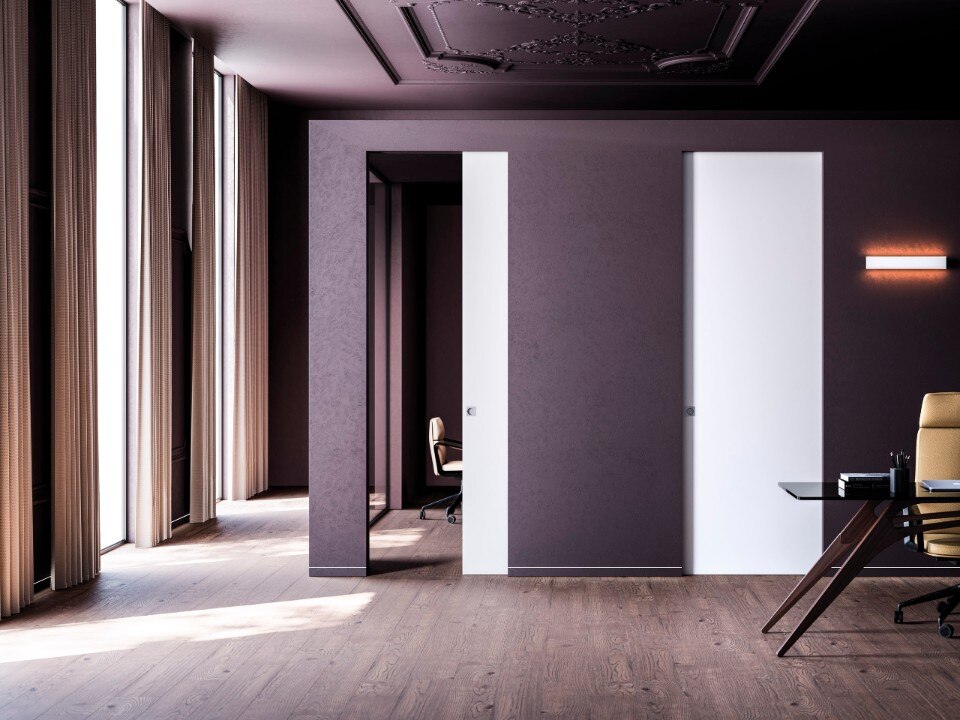"Design is about searching for something we don't know. If someone said to me, make me a steel tube chair or a fibreglass chair, I would say no, because there is going to be no updating of the craft," Olivares says, sitting in an upholstered Eero Saarinen office chair at Knoll's New York showroom, with more model Saarinens, Platners and Bertoias lurking beyond the glass doors. "Furniture is interesting only insofar as it relates to the world around it. Too many chairs live and die as jpegs."
Olivares sat in 90 per cent of the 130 chairs in Taxonomy, dating from the 1840s to the present. So, when he began working on his own chair, he was freed from the anxiety of influence by hands-on knowledge. "In the Eames house there is a photo of an old African chair on the floor. I always wondered why they had that," he says. "When I found one in a museum I realised it was a very complicated weave." He had recently taken apart an Eames Aluminum Group chair (his workspace is dotted with rolling classics), and admired the similarly forthright way the fabric was screwed to the frame. "Craft can be something made by machines or by hand, it's just about updating technique."
Knoll Design Director Benjamin Pardo initiated first book, then chair after meeting Olivares, who at the time was writing a survey of the American furniture industry for Domus. "I work with people like Richard Sapper and Cini Boeri," explains Pardo, "and they are my tie back to Marco Zanuso and a whole lot of people I could never meet. Then you work with guys in the middle. Then you say, 'Who am I investing in? Who do I want to make bets on for the future?' It is very rare to meet a young designer who is articulate and intelligent."


Can a chair compete with a peony? Or a tree? At least, given the lacquer, sitting on the chair won’t remind you of one of aluminium’s other uses in the kitchen. Given the thinness of the seat, the chair adjusts quickly to body temperature




Cantori's timeless elegance becomes outdoor
With elegant lines and solid know-how, Cantori, a leader in furniture design, presents its first line dedicated to outdoor spaces.


